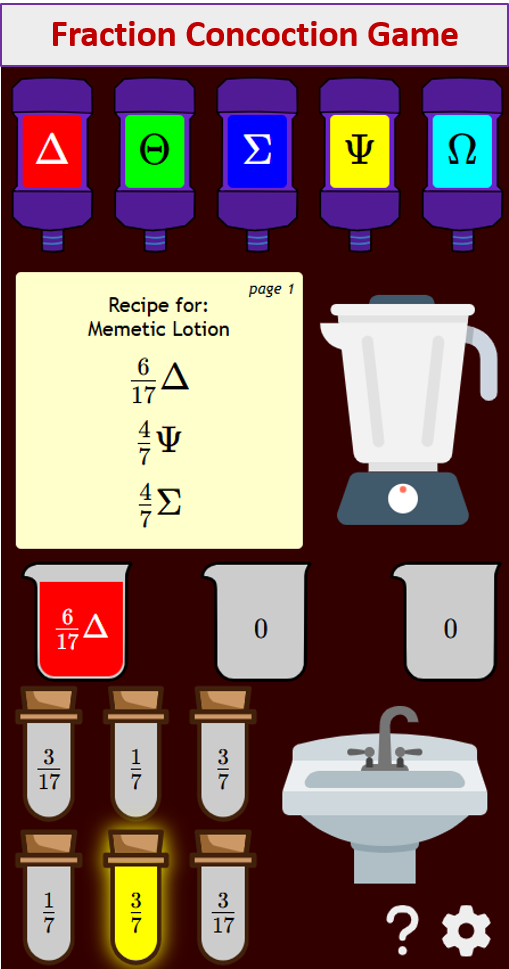Linear Inequalities
A series of free Basic Algebra Lessons.
Related Pages
More Lessons for Basic Algebra
Math Worksheets
In these lessons, we will learn
- how to solve linear inequalities in one variable.
- solving and graphing linear inequalities using addition or subtraction.
- solving and graphing linear inequalities using multiplication or division.
Solving Linear Inequalities in One Variable
If we want to solve for or describe a region in a coordinate plane, we can use linear inequalities. Linear inequalities give us a set of solutions as opposed to just one solution. We can solve linear inequalities using similar methods as in solving multi-step equations, except that there are extra rules when using multiplication and division. We graph linear inequalities by shading regions of number lines or coordinate planes.
Inequalities follow different rules than equations when dealing with multiplication. Solving inequalities using multiplication involves watching for negative numbers. When we multiply both sides by a negative number we must change the direction of the inequality sign. This happens when using multiplicative inverses to simplify the way we would when solving multi-step equations.
Example:
Solve. Express the solutions as an inequality, graph, and interval notation.
- 5x - 3 ≥ -18
- -2(x-4) > x - 20
Solving One-Step Linear Inequalities in One Variable
This video teaches how to solve one step linear inequalities in one variable. The solution is given as an inequality, a graph, and using interval notation.
Solving and Graphing Inequalities using Addition or Subtraction
Inequalities are useful for finding a range of solutions. Solving and graphing inequalities is a key to finding and showing that range. We can solve inequalities using a lot of the same methods as those in solving multi-step equations when dealing with additive inverses, although some things are different when solving inequalities using multiplication. We graph inequalities using number lines.
Solving One Step Inequalities by Adding and Subtracting (Variable Left Side)
This video explains how to solve one step linear inequalities in one variable with the variable on the left side. The solution is graphed and expressed using interval notation.
Solving One Step Inequalities by Adding and Subtracting (Variable Right Side)
This video explains how to solve one step linear inequalities in one variable with the variable on the right side. The solution is graphed and expressed using interval notation.
Solving and Graphing Inequalities using Multiplication or Division
Inequalities follow different rules than equations when dealing with multiplication. Solving inequalities using multiplication involves watching for negative numbers. When we multiply both sides by a negative number we must change the direction of the inequality sign. This happens when using multiplicative inverses to simplify the way we would when solving multi-step equations.
Solving a One Step Linear Inequality by Multiplying
This video provides two examples of solving one step linear inequalities in one variable by multiplying with the variable on the left. The solutions are also written using interval notation.
Solve One Step Linear Inequality by Dividing (Variable Left)
This video provides two examples of solving one step linear inequalities in one variable by dividing with the variable on the left. The solutions are also written using interval notation.
Solve One Step Linear Inequality by Dividing (Variable Right)
This video provides two examples of solving one step linear inequalities in one variable by dividing with the variable on the right. The solutions are also written using interval notation.
Try out our new and fun Fraction Concoction Game.
Add and subtract fractions to make exciting fraction concoctions following a recipe. There are four levels of difficulty: Easy, medium, hard and insane. Practice the basics of fraction addition and subtraction or challenge yourself with the insane level.

We welcome your feedback, comments and questions about this site or page. Please submit your feedback or enquiries via our Feedback page.